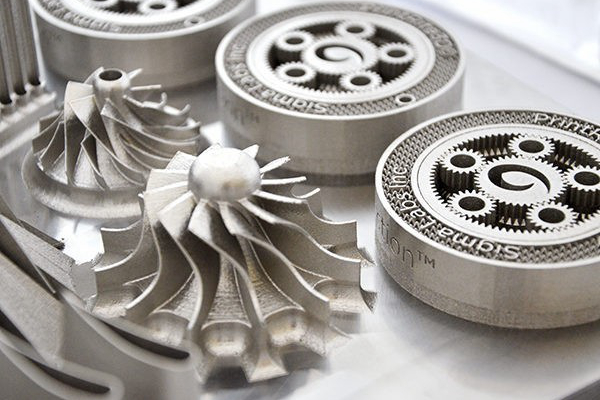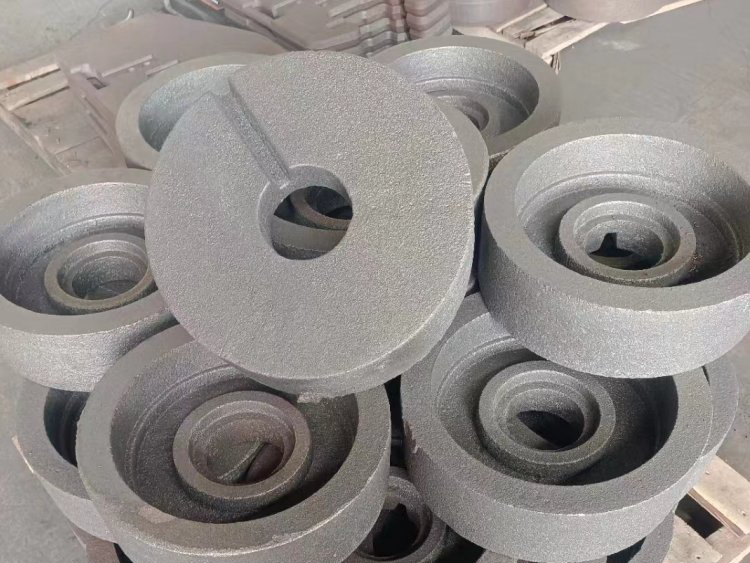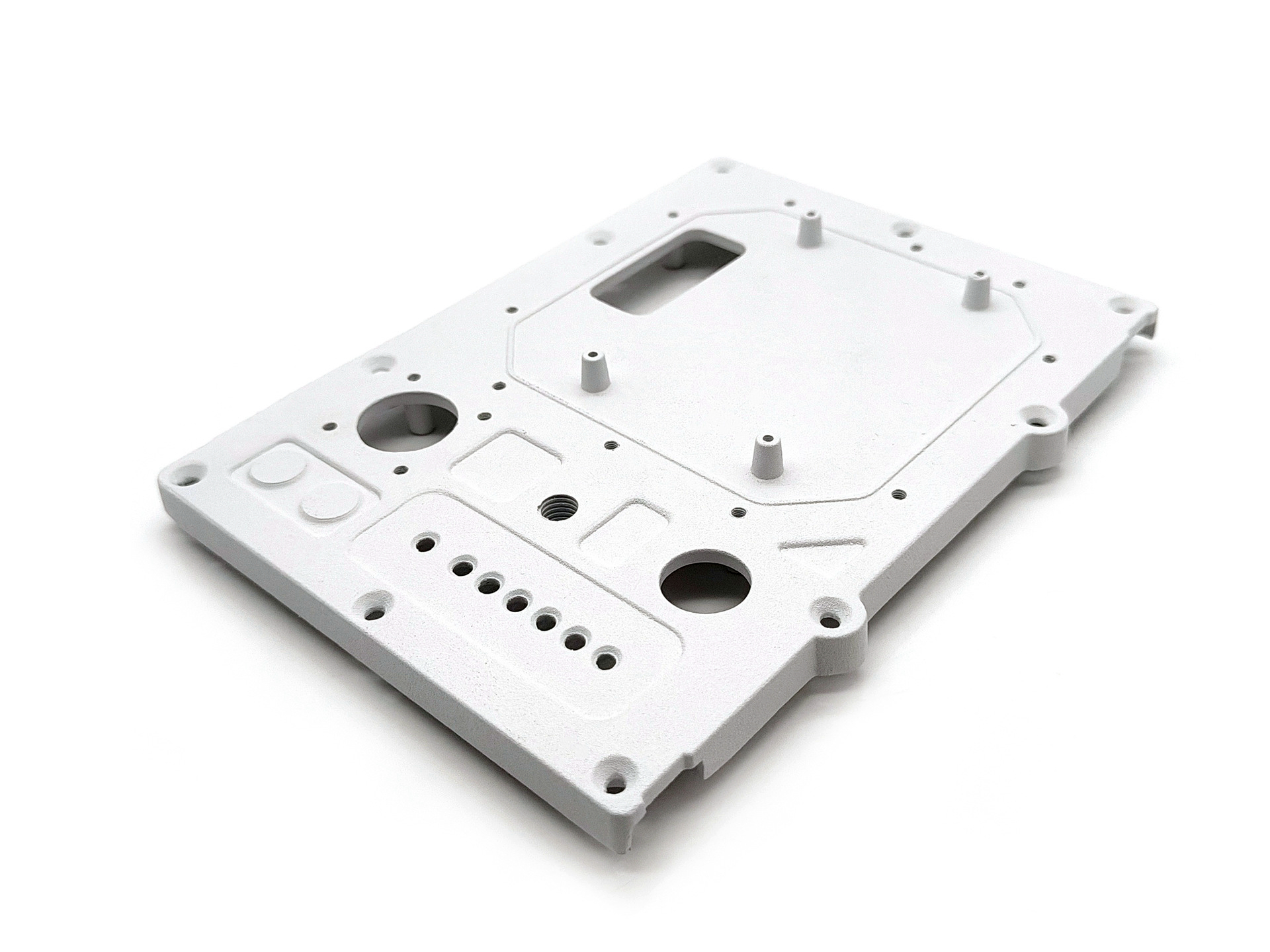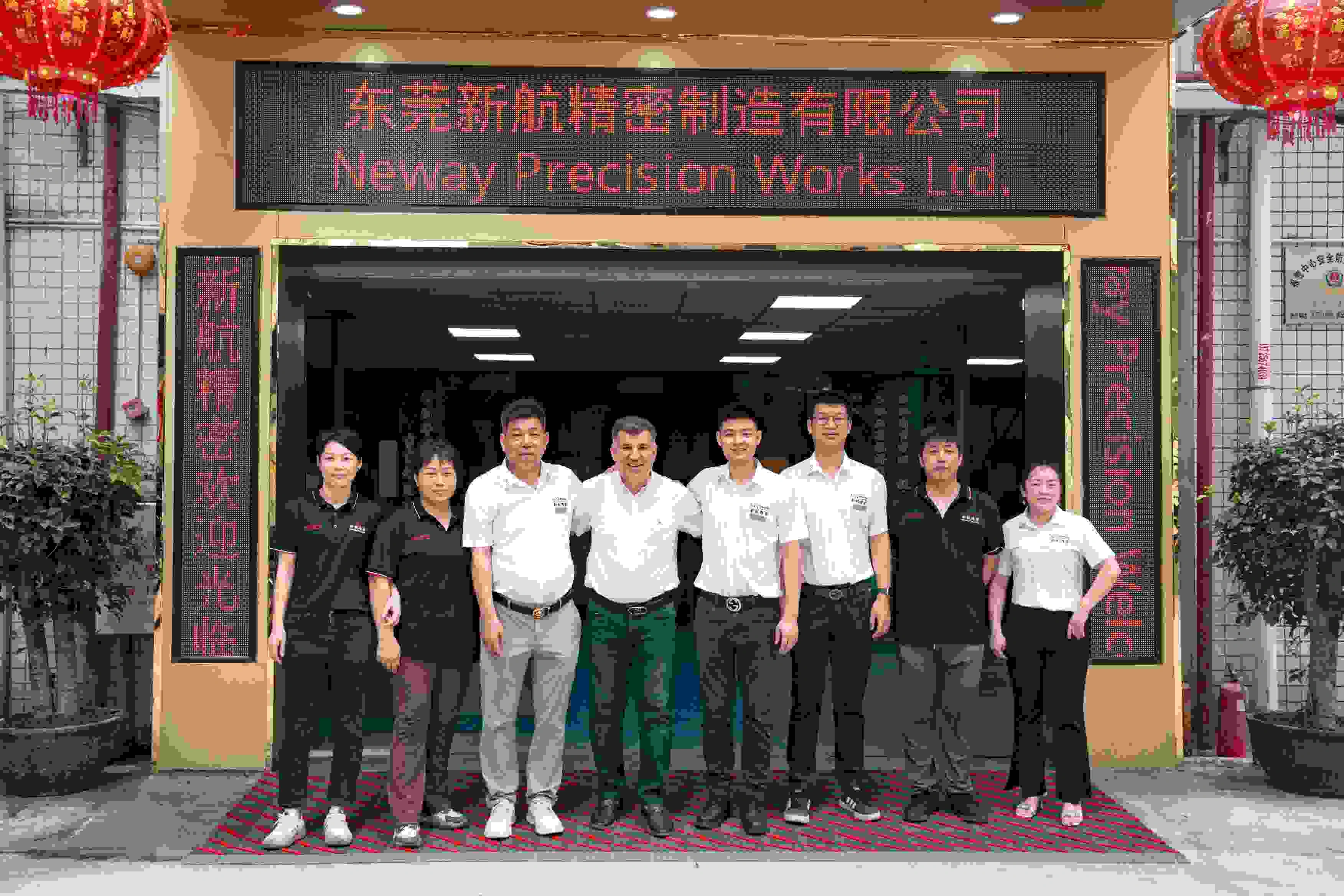What are the advantages of using die casting in electric vehicles?
Advantages of Using Die Casting in Electric Vehicles (EVs)
Lightweighting and Structural Integration
Die casting is instrumental in reducing the weight of electric vehicles, directly improving driving range and battery efficiency. By using high-strength, low-density materials like aluminum alloys, OEMs can replace multiple welded or bolted sheet metal parts with a single integrated casting. For example, aluminum die castings achieve densities as low as 2.7 g/cm³, contributing to up to 30% weight reduction in structural applications compared to steel assemblies.
Large structural castings, such as battery housings, motor housings, or rear longitudinal members, benefit from this high integration. This reduces the number of parts, assembly time, and failure points while maintaining crash performance requirements outlined by ISO 26262 and OEM-specific safety standards.
High Dimensional Accuracy and Repeatability
EV components demand extremely tight tolerances for powertrain and chassis components. Die casting offers repeatable precision, typically ±0.05 mm for aluminum and ±0.02 mm for zinc die casting, making it suitable for high-volume production of motor housings, inverter cases, and thermal management structures.
This precision supports consistent fitment and alignment for EV parts such as electric motor stator housings, which must maintain tight concentricity to avoid energy losses and vibration.
Enhanced Thermal and Electrical Conductivity
Aluminum alloys like A360 and AlSi10Mg used in EV die casting provide excellent thermal conductivity, typically above 100 W/m·K. This makes them ideal for thermal management components such as battery cooling plates, inverter heat sinks, and power electronic housings.
Additionally, copper-based die-cast alloys are preferred for high-current applications like busbars, terminal housings, and charging module components due to their superior electrical conductivity and heat dissipation.
High Production Efficiency and Scalability
Die casting allows for fast cycle times—often under 60 seconds per shot—and supports complex geometries with thin wall sections (as low as 1.5 mm for aluminum, 0.8 mm for zinc). This makes it ideal for EV platforms scaling from prototypes to millions of units annually. Die-cast tools can produce hundreds of thousands of parts with minimal wear, supported by advanced tool and die materials like H13 steel and P20.
Supporting Services for EV Component Development
For electric vehicle manufacturers and suppliers, we recommend:
Die Casting Services for EV Components
Aluminum Die Casting: Ideal for battery housings, motor mounts, and power electronics cases.
Copper Die Casting: For high-current connectors and thermal-critical parts.
Prototyping and Low-Volume EV Part Development
Rapid Prototyping: Validate EV component performance before scaling production.
Low Volume Manufacturing: Accelerate launch for new energy vehicle platforms.
Integrated Post-Processing
Post Process for Die Castings: Finishing and machining operations to meet EV precision and functional standards.
Our one-stop service provides a full solution from EV component design to production, ensuring high performance and short lead times.



